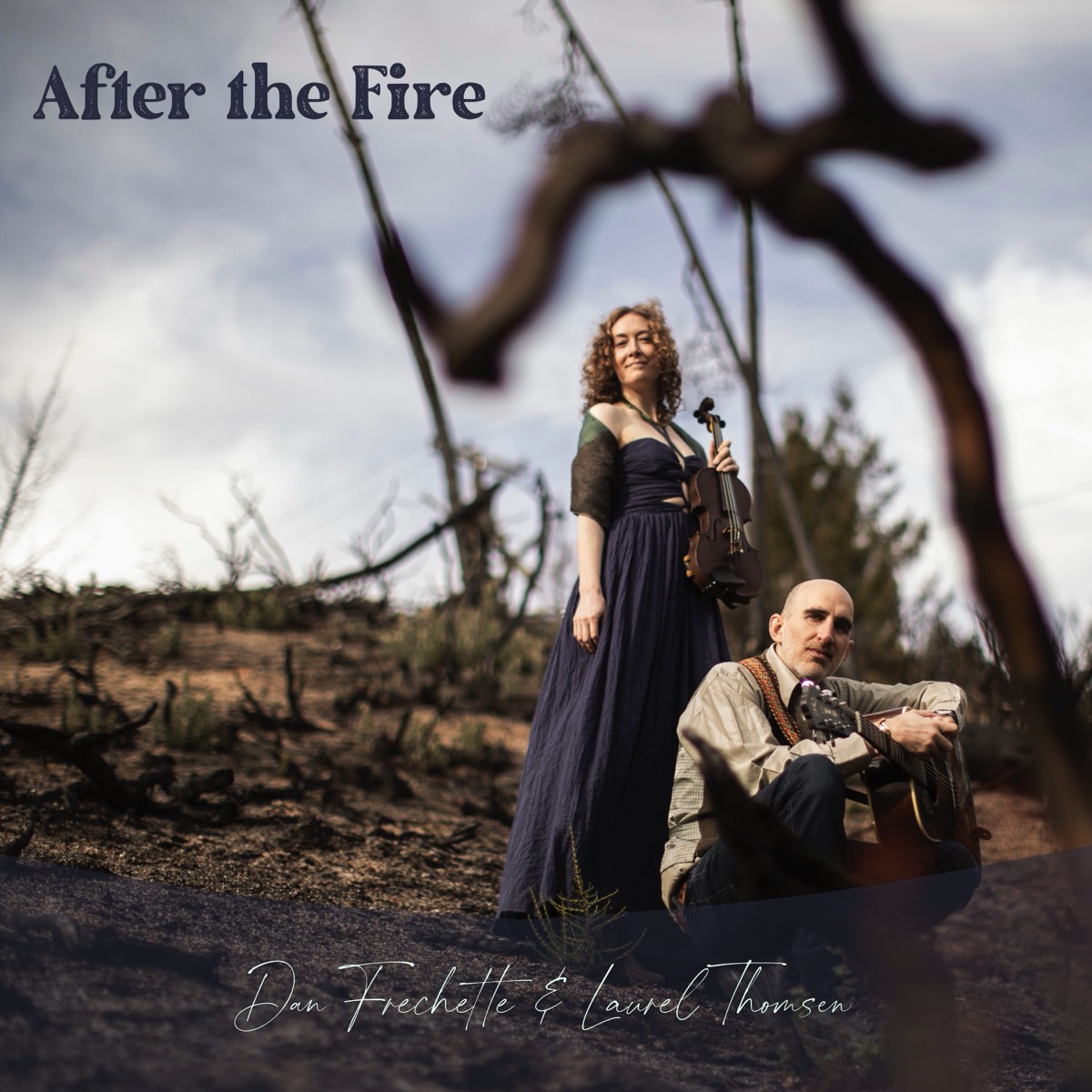Beginning and intermediate students often worry that they’ll never be able to play their songs, scales, or etudes as well as the recordings they hear, their teacher, or people they see playing on YouTube. And if not, does it mean they should play the same piece or scale until they do reach that level? When we're not yet at an advanced or professional level (aka the first 10+ years of study), how do we determine what makes our rendition “good enough” to move on to new material?”
Whether you’re working through repertoire books such as the Suzuki method, Barbara Barber’s Solos for Young Violinists, the exam systems like ABRSM, Trinity, AMEB, or the Royal Conservatory, or a rote exercise based method like Sassmannhaus, Essential Elements, Strictly Strings, Maia Bang, Laoureux, Doflein, or Müller-Rusch, the books are designed to be progressive. To have the most success later on we have to make sure we don’t jump over things and leave gaps in our ability.
Sometimes I take on new students who haven’t necessarily followed a progressive method. They might be fairly advanced in some areas of their playing, but previous teachers might have provided pieces, scales, and exercises haphazardly. In all fairness, maybe they needed to quickly ramp a student up for an exam or audition. We find that this student might be able to shift into several higher positions, but has never learned vibrato, or can play spiccato, but doesn’t know anything about martelé.
There’s no absolute order in the path to violin mastery, but it’s best to follow an overall hierarchy which prepares us for more difficult techniques. In these cases, I’ll usually take the student back to pieces that might be “easy” compared to what they’ve been trying to play for a short term reset of their technique, filling in the gaps and to get them ready to actually be successful with the more difficult repertoire they’ve been attempting. Playing even the simplest tune with great intonation and tone on a violin, viola, or cello can be tough! These elements are always where we need to start.
So what are the basic boxes we need to check in order to move on in our progressive methods?
As mentioned, intonation and tone are the first boxes to check. These are pretty general topics that can be infinitely broken down, but overall, through careful attention to these elements most listeners will be satisfied to hear an aspiring violinist. Along with these two elements, rhythm is imperative. Great intonation and tone may need to be worked out away from rhythm at first, but eventually they will need to fit within a steady rhythmic structure.
Once intonation, tone, and rhythm are strong, basic songs and beginning students might be ready to move on. Tempo is also important, but a slightly slower version of a piece played with great intonation, tone, and rhythm might be enough for now.
In any case, next would be to incorporate dynamics and articulations (starting in roughly this order of bow strokes as applicable: detaché, martelé, legato, slurred staccato, portato, spiccato, sautillé, ricochet).
Finally, there are musical and interpretive elements like vibrato, musical fingering choices (rather than just ones that get the job done), phrasing, groove, note emphasis, and mood.
Beginners need to focus on intonation, tone, and rhythm, followed by tempo.
Intermediates need to check all these boxes then develop a command of dynamics, more advanced articulations, learn to shift and start to include vibrato.
More advanced students will still work through the hierarchy of these previous levels with every new piece they learn, but they’ll choose fingerings that are expressive rather than just convenient, and eventually incorporate more advanced bow strokes, vibrato and tone colors, have more sensitivity to dynamics and tone, and utilize a deeper understanding of rhythm and phrasing for compelling performances.
I combine a variety of teaching methods and materials in my studio and modify to suit the needs of each student. Some students need a range of pieces at a similar level to keep them interested enough to master a specific technique included in all of them, like a particular bow stroke, vibrato, or good intonation. Other students prefer to focus on one piece until they’ve mastered it. Some love etudes and scales. Others prefer fiddle tunes. Some need a very challenging piece from time to time that requires them to step up their practicing and ability level in order to get motivated. Regardless, it’s important to follow a progressive approach and check the basic boxes with every new piece of material we play so we’re ready to meet the expectations of more difficult pieces as they come along.

